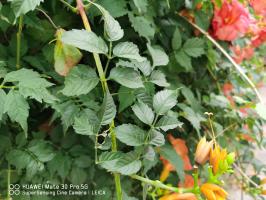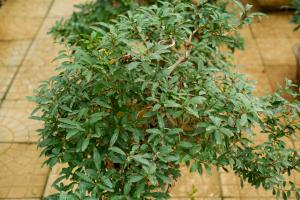What Paint to Use on Plant Pots
When it comes to sprucing up your plant pots, paint is a great way to add some personality and flair. However, it’s important to choose the right type of paint to ensure that it adheres well to the surface of the pot and doesn’t harm your plants. In this article, we’ll explore the different types of paint that are suitable for plant pots, and share some tips on how to paint them for maximum durability and aesthetic appeal.
Types of Paint for Plant Pots
There are several types of paint that can be used on plant pots, including:
Acrylic paint: This water-based paint is a popular choice for plant pots, as it dries quickly, is easy to clean up, and is available in a wide range of colors. It’s also durable and won’t fade or crack easily.
Spray paint: If you’re looking for a quick and easy way to add color to your plant pots, spray paint is a good option. It’s fast-drying and can be applied evenly to large surfaces with minimal effort. However, it’s important to choose a spray paint that is specifically designed for outdoor use and won’t harm your plants.
Oil-based paint: This type of paint is more durable than acrylic paint and can withstand harsh weather conditions. However, it takes longer to dry and requires solvents for cleanup, which can be harmful to the environment.
Epoxy paint: If you’re looking for a paint that is highly resistant to water and chemicals, epoxy paint is a good choice. It’s also long-lasting and can withstand extreme temperatures. However, it’s more difficult to apply than other types of paint, and requires careful mixing and preparation.
Tips for Painting Plant Pots
Before you start painting your plant pots, there are a few things to keep in mind to ensure that your paint job looks great and lasts a long time:
Clean your pots thoroughly: Make sure your pots are free of dirt, dust, and grime before you start painting. You can use a mild soap and water solution to clean them, or wipe them down with vinegar or rubbing alcohol.
Use a primer: If you’re painting a new pot or one that has never been painted before, it’s a good idea to use a primer first. This will help your paint adhere better and last longer.
Apply several thin coats: Instead of applying one thick coat of paint, it’s better to apply several thin coats. This will ensure that the paint dries evenly and won’t crack or peel over time.
Don’t paint the inside of the pot: It’s important to leave the inside of the pot unpainted, as this can damage the roots of your plant.
Allow enough drying time: Be patient and allow your paint to dry thoroughly between each coat. This will help prevent smudging and ensure that the paint adheres well.
Conclusion
Painting your plant pots can be a fun and creative way to add some color and personality to your gardening space. However, it’s important to choose the right type of paint and follow some key tips to ensure that your paint job is durable and doesn’t harm your plants. Whether you choose acrylic, spray, oil-based, or epoxy paint, make sure to follow the manufacturer’s instructions and take your time with each step of the process. With a little patience and creativity, you can transform your plain plant pots into colorful and unique works of art.

 how many times do yo...
how many times do yo... how many planted tre...
how many planted tre... how many pine trees ...
how many pine trees ... how many pecan trees...
how many pecan trees... how many plants comp...
how many plants comp... how many plants can ...
how many plants can ... how many plants and ...
how many plants and ... how many pepper plan...
how many pepper plan...





























